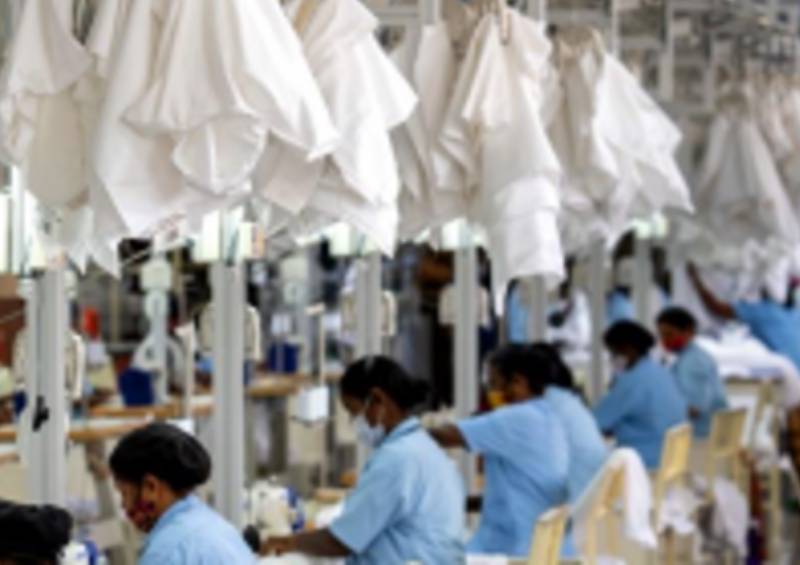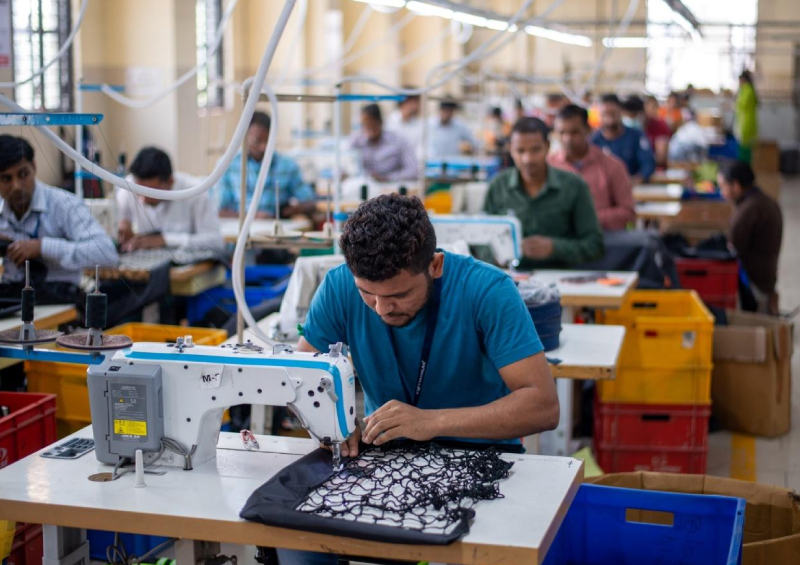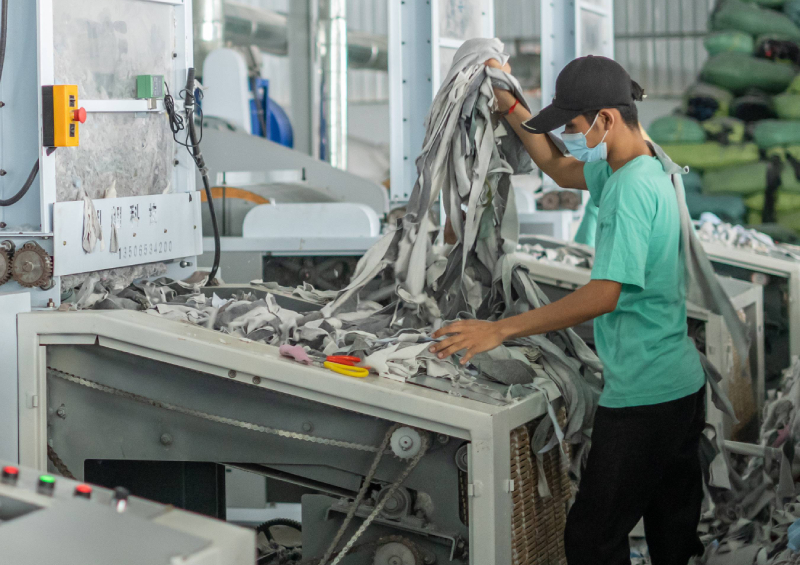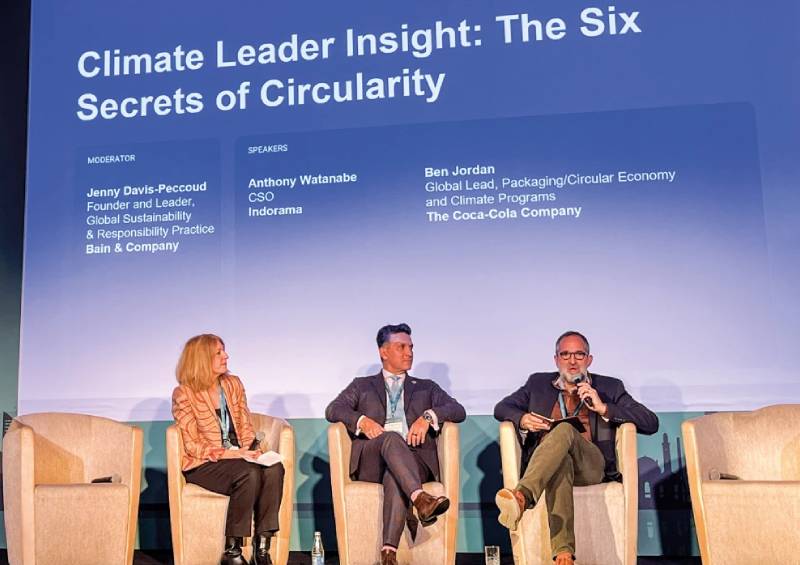The European Parliament’s Environment Committee has approved the commencement of trilogue negotiations to update EU water pollution standards. While this step is a welcome move towards adoption, prolonged delays risk undermining efforts to tackle water pollution over the next decade. Over
KKP Fine Linen Private Limited (KKPFL), a leading home textiles manufacturer based in Namakkal, Tamil Nadu, has secured a US$ 2 million investment from the Good Fashion Fund (GFF) to establish a innovative wet processing unit. This partnership aims to enhance manufacturing efficiency, bolster sustainability, and unlock new revenue opportunities in the growing home textiles
The Indian T&A sector is expected to encounter multiple sustainability-related regulatory challenges from its major markets like the US and EU in the future. The European Union, for instance, has introduced the `EU Strategy for Sustainable and Circular Textiles’, which includes Extended Producer Responsibility (EPR) regulations that require brands to manage textile
A new report shows that European cities are setting a precedent by acting on fast fashion at the local level—even without strong guidance from governments. The report showcases practical examples where cities have demonstrated solutions to the textile waste crisis and provided guidance to concerned local policymakers. The new report, “Cities and consumption: Local
The textile industry, one of the most water-intensive sectors globally, consumes approximately 79 billion cubic metres of water annually, posing significant environmental challenges. With rising concerns over water scarcity and pollution, groundbreaking advancements in water-saving technologies are reshaping how fabrics are produced, focusing on sustainability without
A comprehensive Sustainability Recommendation Paper (SRP), jointly developed by GIZ Fabric Cambodia and Global Fashion Agenda (GFA), has unveiled a roadmap for promoting textile waste management and recycling in Cambodia’s vital garment, footwear, and travel goods (GFT) sector. The report, supported by the German Federal Ministry for Economic Cooperation and Development
Konica Minolta, Inc. has announced that Konica Minolta Mechatronics Co. Ltd., its digital printing systems production site in Japan, has successfully achieved the goal of sourcing 100% of its electricity from renewable sources. As a result, all of Konica Minolta’s global production sites that manufacture MFPs and digital printing systems (excluding toner production) now
Primark has reported a 1.9% reduction in carbon emissions across its value chain since 2019, with an 11.6% decrease compared to last year. This marks the beginning of the retailer’s decarbonization programme decoupling from growth. The company is on track to meet its goal of halving carbon emissions by 2030, with a 21% reduction in […]
In a pioneering effort to advance urban sustainability, the Dharampal Satyapal Group (DS Group), a prominent FMCG conglomerate, has partnered with Liquid Trees, a climate tech startup, to unveil India’s first outdoor Liquid Tree. Installed at the DS Headquarters in Noida, this marks a significant step in the fight against climate change and urban air […]
Indorama Ventures Public Company Ltd, a global leader in sustainable chemicals, highlighted its advancements in recycling and sustainability at COP29, held from November 11-22 in Baku, Azerbaijan. The company, in partnership with the Thai government, presented at the Thailand Pavilion and its booth, showcasing milestones like recycling over 130 billion PET bottles since






















